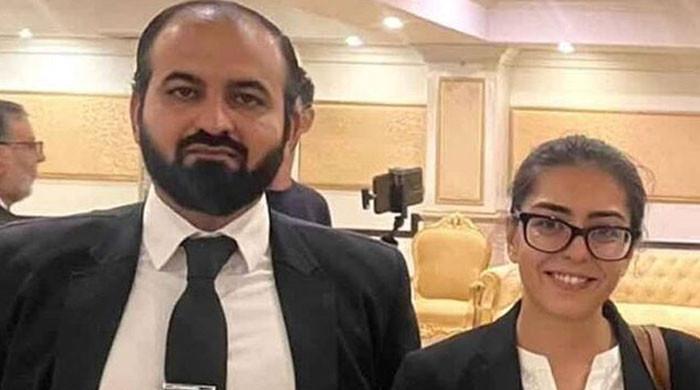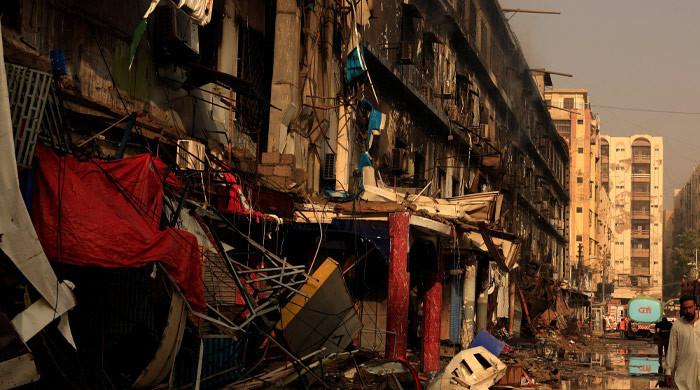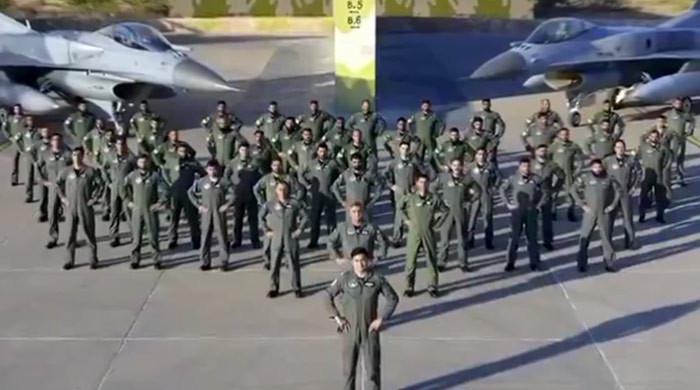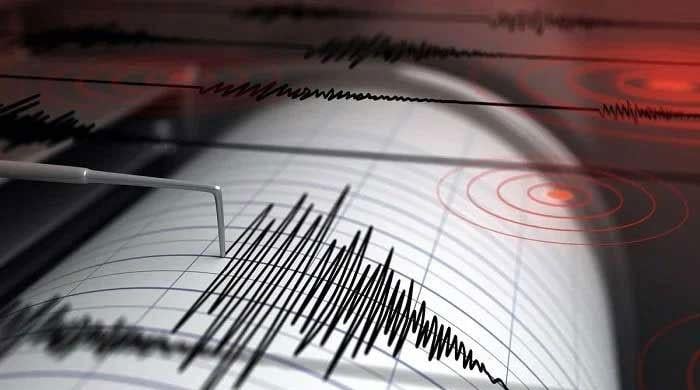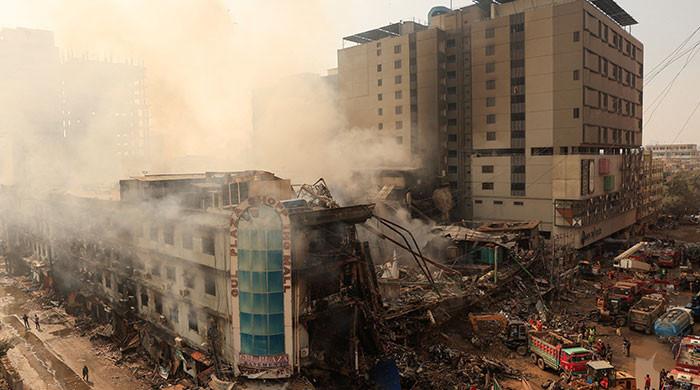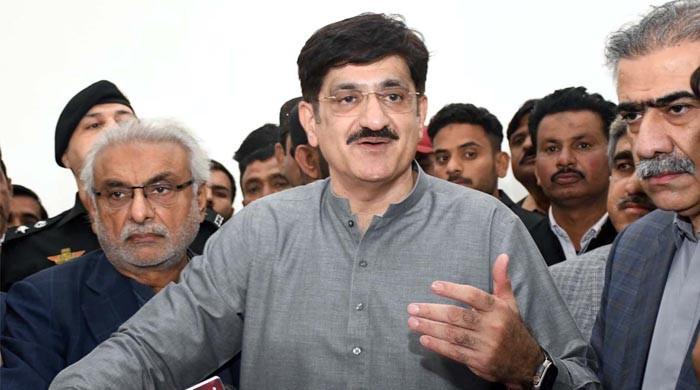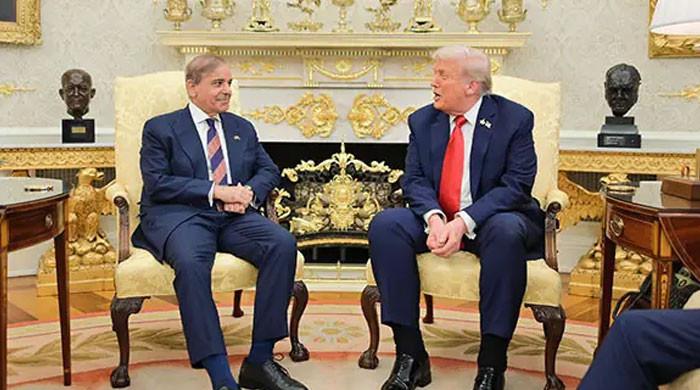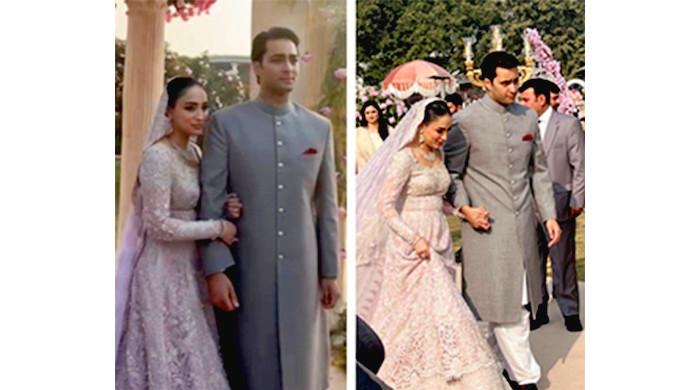Elections 2002: Emergence of 'king's party' PML-Q amid Nawaz, Benazir exile
This video report, covering 2002 elections, is part of a series about history of Pakistan elections since 1970
February 04, 2024
On October 12, 1999, General Parvez Musharraf overthrew Nawaz Sharif’s government, declared martial law, and seized power.
As the newly appointed president, General Musharraf announced elections for October 10, 2002. During this period, the leadership of both major political parties, PML-N and PPP, was in exile.
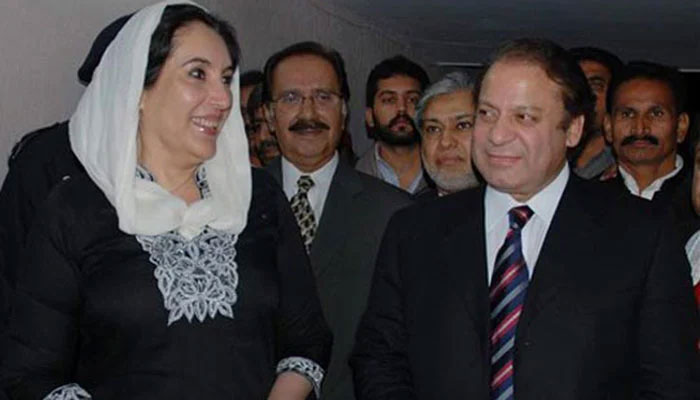
Simultaneously, a new political entity named the Pakistan Muslim League Quaid-e-Azam (PML-Q) emerged. Led by Mian Muhammad Azhar, it featured prominent figures like Chaudhry Shujaat Hussain and Chaudhry Parvez Elahi. The factionalism within PML-N also prompted several leaders to join PML-Q.
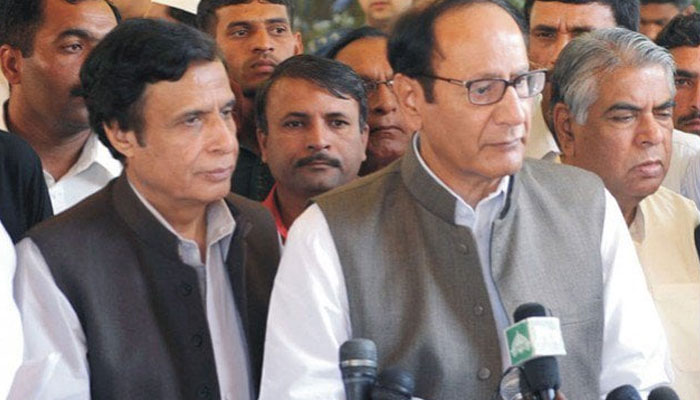
Before the elections, Musharraf, utilising the Legal Framework Order (LFO), prohibited anyone from serving as the prime minister for a third term. Consequently, both Nawaz and Benazir Bhutto withdrew from the race for the PM's position.
Additionally, Musharraf issued an ordinance, stipulating that individuals ineligible to contest the polls could not hold party chairmanships, leading to the creation of PPP-Parliamentarians under the leadership of Makhdoom Ameen Faheem.
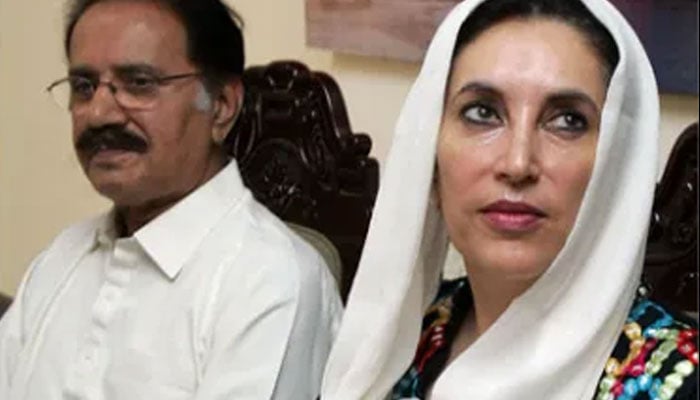
In the October 10, 2002 polls, PML-Q secured 78 seats, with PPP coming in second with 63 seats in the National Assembly. The Muttahida Majlis-e-Amal (MMA), a union of religious parties, gained 45 seats, while PML-N and MQM won 15 and 13 seats, respectively.
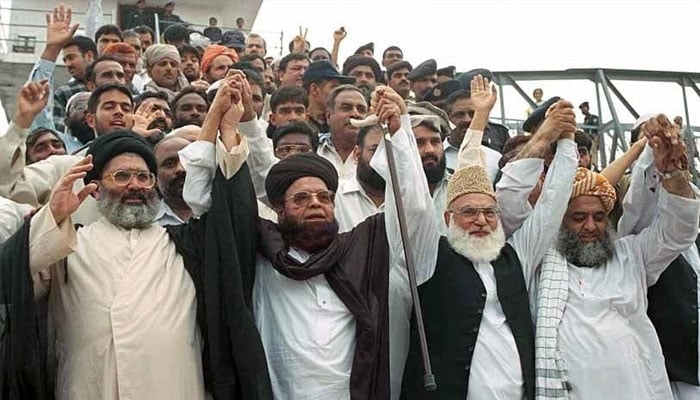
Voter turnout in these polls was 41.80%, with Punjab once again topping at 46.32%, Sindh seeing 36.79% turnout while KP and Balochistan stood at 33.22% and 27.2%, respectively.
Following the polls, PML-Q attempted to form a government in alliance with MQM and other smaller parties, but they fell short, reaching only 162 seats. A total of 172 seats were required to establish a government. At that crucial juncture, a forward block of 10 members emerged within PPP-P, enabling PML-Q to form a government.
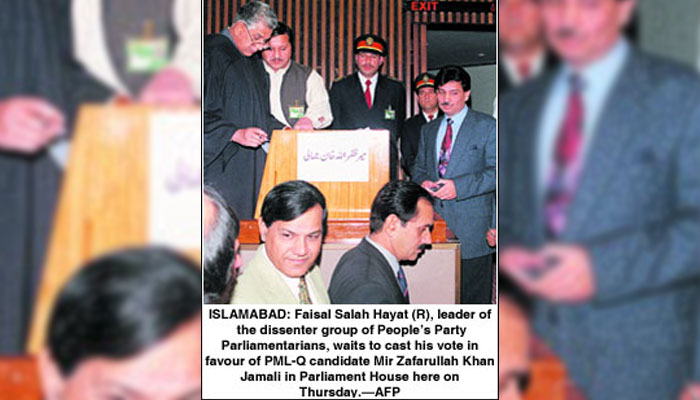
With the addition of these 10 PPP-P members, PML-Q successfully formed a government and elected Mir Zafarullah Jamali as the Prime Minister, holding on to power by just one seat.
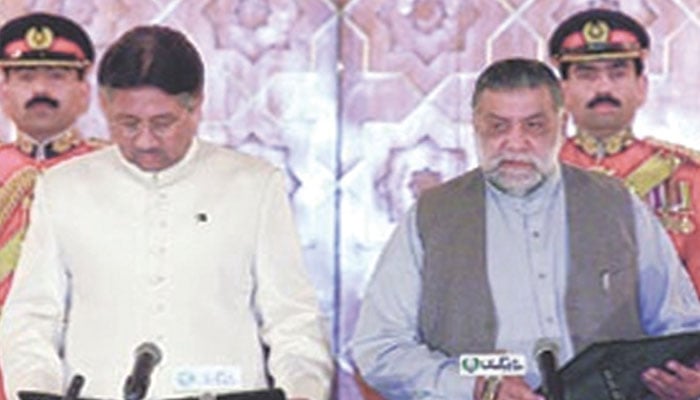
In addition to the central government, PML-Q managed to establish governments in Sindh, Punjab, and Balochistan, while in Khyber Pakhtunkhwa, MMA formed the government.
The writer is a staffer at Geo.tv, he tweets X@ranashaharyar01




